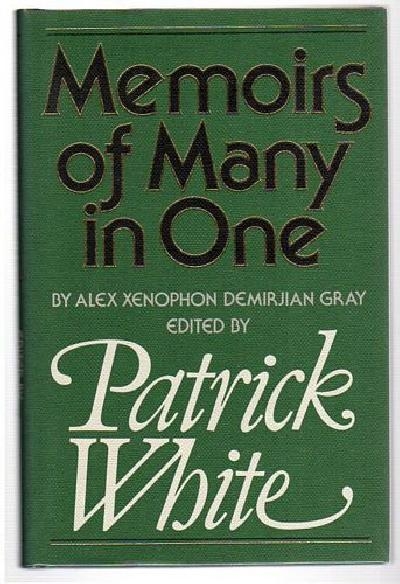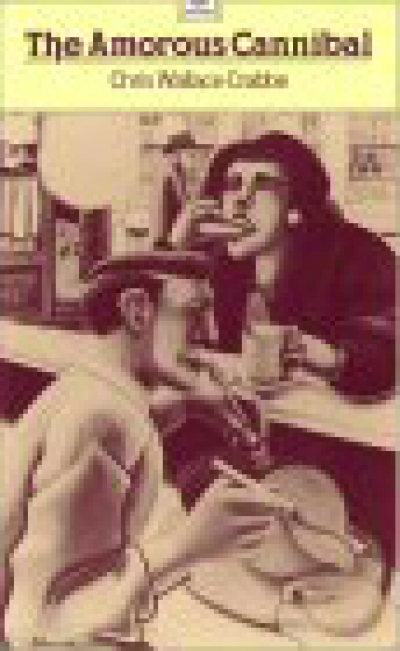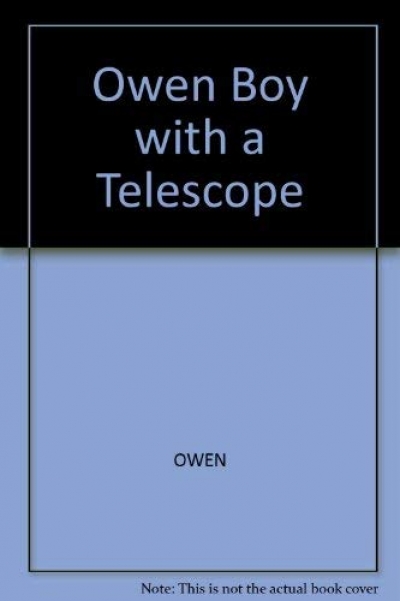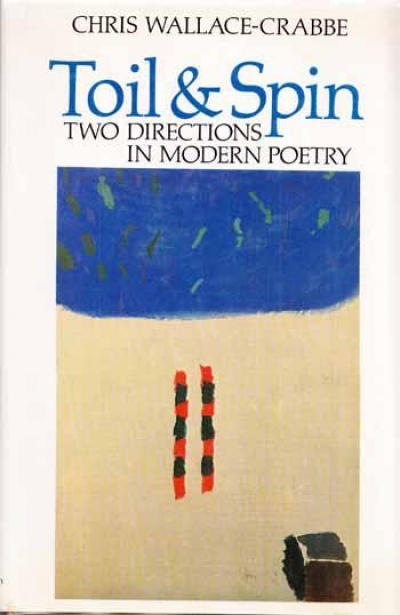Chris Wallace Crabbe
Memoirs of Many in One by Alex Xenophon Demirjian Gray (edited by Patrick White)
by Chris Wallace-Crabbe •
Boy with A Telescope by Jan Owen & The Twofold Place by Alan Gould
by Chris Wallace-Crabbe •
Chris Wallace-Crabbe reviews 'Poems for an Exhibition' by R.H. Morrison, 'Outer Charting' by Hal Colebatch, and 'The Flower Industry' by Andrew Sant
by Chris Wallace-Crabbe •
The three books under review here promote no generalisation about the condition of poetry, the health of the beast, unless they call to mind the difference between poems which are interesting from line to line and those which somehow resonate as wholes. R.H. Morrison, the eldest of the three poets, is the one who most often produces whole poems, at least to my ear.
... (read more)Toil and Spin: Two directions in modern poetry by Chris Wallace-Crabbe
by John McLaren •




